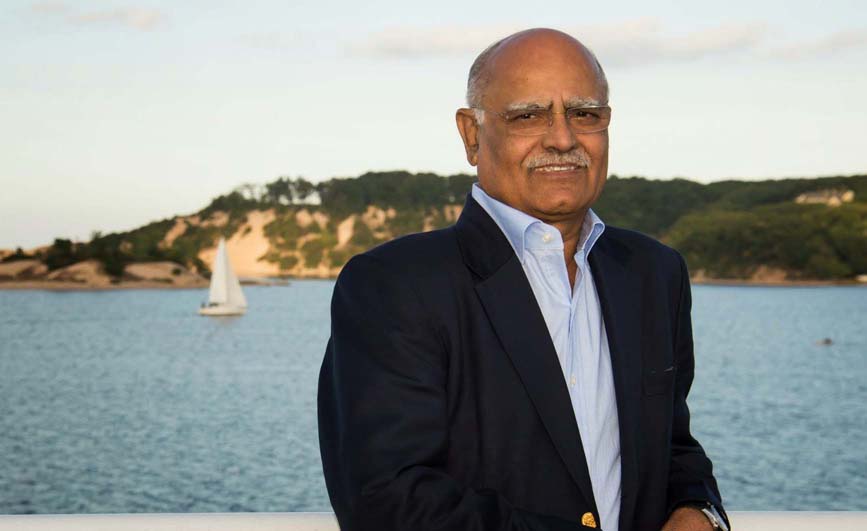 POLITICS is about the unpredictable. Except when it involves an election in the Congress party where a member of the dynasty is in the fray. In which case, it becomes a no- contest.
POLITICS is about the unpredictable. Except when it involves an election in the Congress party where a member of the dynasty is in the fray. In which case, it becomes a no- contest. Last Friday’s election for the Congress president’s post falls in this category. Sonia Gandhi won the election for the fourth consecutive term, making her the longest serving party chief in its 125 year history. It’s a moment worth noting, because neither her husband, nor her mother- in- law or her husband’s grandfather, all prime ministers, stayed at the helm for as long. It’s all the more creditable because, unlike them, she was not born into politics. Yet she has shown that she alone is the party’s saviour.
The BJP showed a total lack of grace by terming her election as proof of the family’s “ monopoly” over the party. A Congress spokesman’s retort was that Sonia could be party chief “ not for four terms but even 40”. However, the possibility of that happening can be safely ruled out for two reasons: Sonia is 63 and may not want to go on and on. More importantly, though young Rahul shows no signs of being in a hurry, his coronation cannot be that far away.
When Rahul finally takes over, he will find himself in charge of a party that is much healthier and more robust than when his mother took over. The party has had 71 presidents in the last 125 years, only five of them women. Annie Besant, Sarojini Naidu and Nellie Sengupta headed the Congress when it was at the forefront of the freedom struggle. Indira Gandhi took charge when the party was beset with internal strife, while Sonia became chief when it was virtually struggling for survival.
Both women adopted different strategies but the goal was the same: to take it back to its glory days. With the entire North slipping out of the Congress’s grasp in the 1967 assembly elections and prospects loomed large of the Congress ceding power in Delhi, Indira took bold steps like bank na
 tionalisation and abolition of privy purses, fought the powerful “ Syndicate” comprising the entrenched old leaders, split the party and then split Pakistan, all of which contributed to her huge majority in the 1972 elections. After she was ousted from power in 1977, it took her just two years to come to power with a two- thirds majority.
tionalisation and abolition of privy purses, fought the powerful “ Syndicate” comprising the entrenched old leaders, split the party and then split Pakistan, all of which contributed to her huge majority in the 1972 elections. After she was ousted from power in 1977, it took her just two years to come to power with a two- thirds majority. Sonia became Congress president under somewhat similar conditions. Her husband had come to office with over 400 MPs but was forced out five years later as the Congress won under 200 seats. When Sonia became the party chief in 1998, the figure had shrunk to 112. She did not, like Indira, indulge Sonia Gandhi in theatrics like sitting on a dharna in Connaught Place or riding an elephant to Belchi.
Yet in her 12 years as Congress chief, she has done enough to rout and eclipse her rivals both within and outside her party. When Sharad Pawar broke ranks in 1999, a powerful block was believed to have been lost, but she played her cards right and just five years later, the Grand Maratha was back in the fold.
What’s astonishing is that she manages to do all this even as she keeps her cards close to her chest. Even most top flight Congress leaders do not know her mind because she seldom says anything. In the Lok Sabha, she occupies the seat next to the prime minister but is never known to participate or even intervene in debates.
On inflation, the Maoist menace, terrorism and so many issues of concern, Sonia can rarely be accused of over speak. Yet, Congress leaders acknowledge she is the best thing to have happened to the party.
No leader can be so enigmatic and enduring at the same time unless she represents some deep national feelings. After six years in power, the alliance may be facing the anti- incumbency wind but Sonia’s rating have never been higher. Just two years ago, the Congress was at the mercy of its many allies in the UPA. Today, she has the allies eating out her hands.
I don’t expect Sonia to be as ruthless as her mother- in- law and discard her friends once she realises she has no further use for them. But having taken the Congress from the 112 seats when she inherited it in 1998 to 206 in 2009, she is clearly working to a plan that sees the Congress crossing the parliamentary halfway mark by the time Rahul is ready to take on the mantle. If she succeeds, it will be further proof that, in the Congress party at least, women are better at fixing problems.

No comments:
Post a Comment